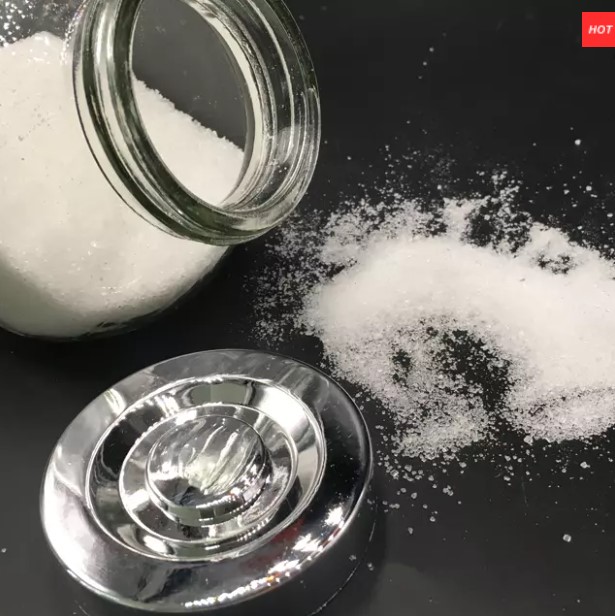Sucralose is a high-quality sweetener, commonly known as Sucralose, with high stability, and stability to light, heat, and pH, but it is very soluble in water, methanol, and ethanol, and slightly soluble in ether. It is also one of the most ideal sweeteners.
Read More> 



